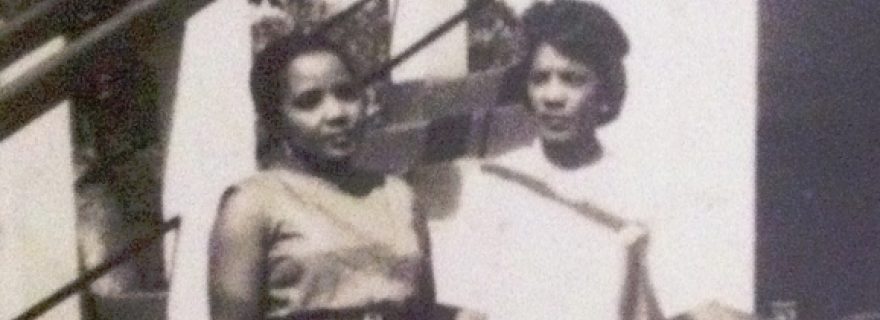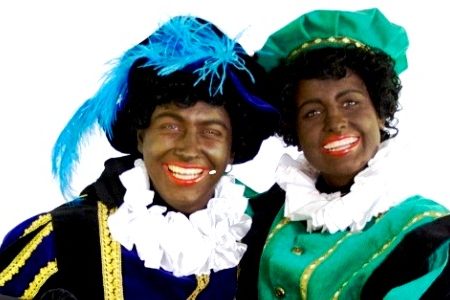New World Stereotyping
Recent events in America highlight the continued plague of racism on society. Here, I describe the nature of stereotypes in other parts of the New World with a legacy of slavery and suggest that such stereotypes have an impact on racism.
Race is a social construct, without genetic basis, used to determine social value. Racial categories retain their significance because of the social context. Stated differently, people decide what categorical boundaries and stereotypes are societally relevant. Evidence for the social nature of racial stereotyping can be found in the Princeton Quartet studies; roughly 30 years apart, researchers documented changing racial and ethnic stereotypes in American at four different time-points. These changes correspond to shifting social roles for racial and ethnic categories: for instance, Japanese people were viewed very negatively following Pearl Harbour in the 1950s, but this stereotype changed by the 1980s when Japanese companies were at the head of the technological revolution. Since racial stereotypes do not reflect underlying genetic differences and are subject to the changing waves of public opinions, then they primarily hold social value and serve social functions. In other words, an African and European are just as closely genetically related as they are dis-related, but differences in their features (hair, eyes, skin-tone, build, etc.) are used to distinguish people based on race - the historical racist dichotomy: black-white / bad-good.
All of humanity originated in Africa before spreading across the continent, adopting the phenotypic variety that can be observed in modern humanity. This variety is a response to the environment in which the most recent evolution occurred, not a signal of vast underlying genetic differences. As such, drawing boundaries between different racial groups relies not on biology, or even simply on visual evidence, since different racial groups may or may not look different. This idea is illustrated in the American context, where ‘passing’ as white became a useful strategy during the Jim Crow era; if a person with any recent African ancestry demonstrated enough white features (straight hair, grey, green or blue eyes, light skin, etc.), they could be assumed to be white. This strategy was useful because the ‘one drop’ rule meant that any person with as little as one ‘black’ great-grandparent was legally subject to different regulations. The recent interesting case of Rachel Dolezal passing as ‘black’ loudly makes this social point.
Favouring one ethnicity over another is not a useful way of carving up the social world, since today most people are to some extent mixed, coloured, or mulatto due to the unique immigration history of the New World over centuries. Few people fall completely within one of the traditional racial categories, since Europeans, Africans, East Indians, Middle-Eastern, and Chinese all immigrated to the New World by choice or force, joining the native Amerindians (or Native Americans). Thus features of each ethnic group are visible in New World people, making it perhaps the only place where people of such a variety of ethnicities have been intermixing for centuries. How then does historical racism manifest itself across such a mixed people?
Instead of relying on broad categories or races, people from my Caribbean island rely on ethnic features to determine social value. These features are more or less common amongst different ethnic groups, and present in most people. As such, certain traits or features are desirable, not necessarily races or ethnicities. Skin-tone is one feature, and lighter skin-tones are more valued than darker skin-tones. However, cleanliness of skin is also valued, a feature more native to African peoples. Additionally, light-skinnedness alone is not sufficient to escape low social value. In addition to light skin-tone and clean skin, long hair, wavy in texture, thick lips, lack of flared nostrils, light eye-colour, and small or slanted eyes, as well as general physique (broad shoulders, ‘coca-cola bottle shape’) all determine social value. Each attribute is chosen from a different ethnicity: light skin from the European and Chinese; long, slightly wavy but not coarse hair from Europeans, Indians, and Chinese; narrow lips and straight nose from Europeans; and physique from Africans. While the worst possible combination is to have all African features, having all European or Asian features is not more valued than the right mix. Therefore, ‘blackness’ is not devalued completely as before (though one might argue that Africans were always valued for their bodies). In fact, there is a pride in the genetic blend that produces these unique people; high social value comes from possessing one or more of these treasured features. A light-skinned woman with traditional African features is no more valued than a dark-skinned one with ample shape and Chinese eyes, since these blends give the appearance of exoticism, increasing social value.
So why does the American racial conversation not account for their ethnic diversity? Perhaps most New World people do not recognise the genetic variety in themselves, focusing on the less desirable/low social-value features, and using those to define their identity. Such definitions betray our true identity as New World people: not black, white, red, or yellow people, but complex ethnic blends. Moreover, it betrays the variety present in African, Asian, European, and Amerindian people; they do not all look the same or have the same features. Such perceptions might render historical racism useless.





